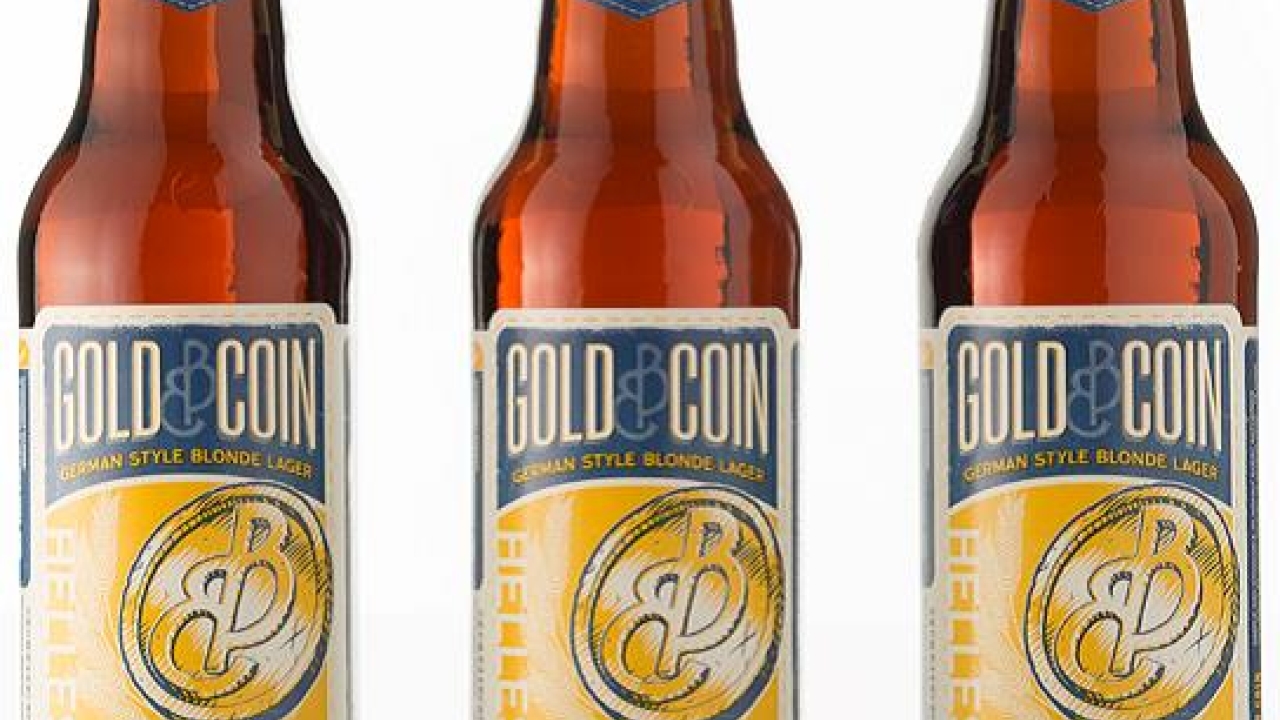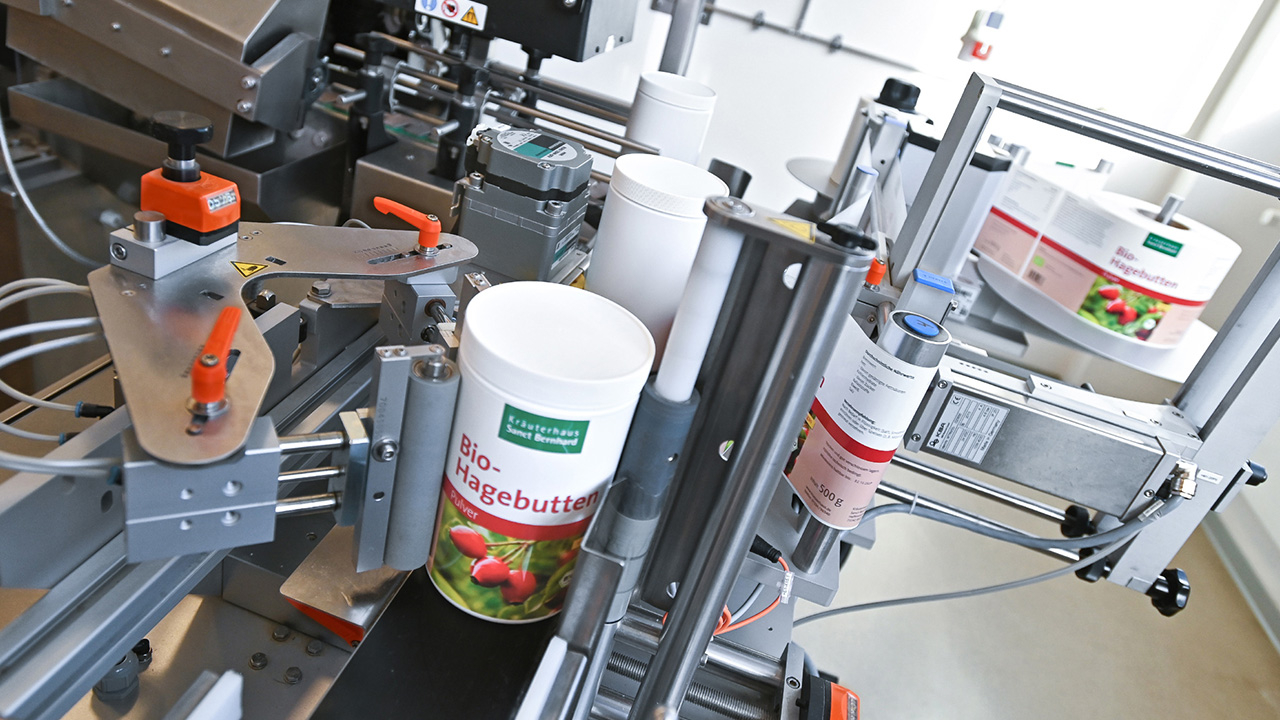Labels key for craft success
Correct labels and labeling are key ingredients for the growing craft beer market, and an important consideration in the battle for shelf space and consumer attention, according to Advanced Dynamics’ managing director Malcolm Little.

Britain, as with other markets around the world, has seen strong growth in the market for craft beer and an upswing in microbreweries, which has swelled the total number of UK breweries by eight percent to around 1,700 in 2016, figures from UHY Hacker Young, an accountancy and business advisory firm, have revealed.
With so many breweries in the UK, all vying to get their bottled beers noticed by consumers in pubs, retail outlets, off licences and supermarkets across the country, speed to market coupled with distinctive, highly accurate labeling is vital for products to stand out.
Adhesive labels must be applied correctly so as not to compromise the presentation quality and critical message to consumers, according to Advanced Dynamics, and at speed to help products get to market quickly. Microbreweries will suffer if labels are not applied accurately and consistently at speed to help meet consumer demand, explained Little.
‘The growing popularity of craft ales is great for beer connoisseurs who are becoming spoilt for choice. As well as the quality of the beer, how a product is labeled could make a big difference to small brewers in the battle for market space. As part of our 2017 marketing strategy, we’re focused on helping niche brewers achieve their full potential, make an impact on the marketplace and boost their bottom line.’
Advanced Dynamics is the sole UK distributor for Pack Leader’s range of wrap around fully automatic labeling systems for bottles. The PL-501-NL model is designed for the food and beverage sectors, and applies pressure-sensitive labels to round containers. It can label both the body and the neck in one sweep, with an optional two body front and back label, while the speed adjusts according to a container’s surface.
‘Don’t forget that labels not only have to be truly representative of the brew inside the bottle, but must carry all the legal small print too,' said Little. 'Choosing label applicators like the PL-501 allows breweries to free up staff to keep the beer flowing, while the alternative is a labor-intensive and time consuming routine that carries the risk of human error. A faulty, missing or wrinkled label might not affect the contents of a beer bottle but could put off the retailer and ultimately the consumer from trying it.’
Read the feature, 'Labels define craft beer range', in L&L issue 5, 2016, and read it online here
L&L issue 3, 2017 will carry a feature on labels and packaging for specialist consumer products
Stay up to date
Subscribe to the free Label News newsletter and receive the latest content every week. We'll never share your email address.

